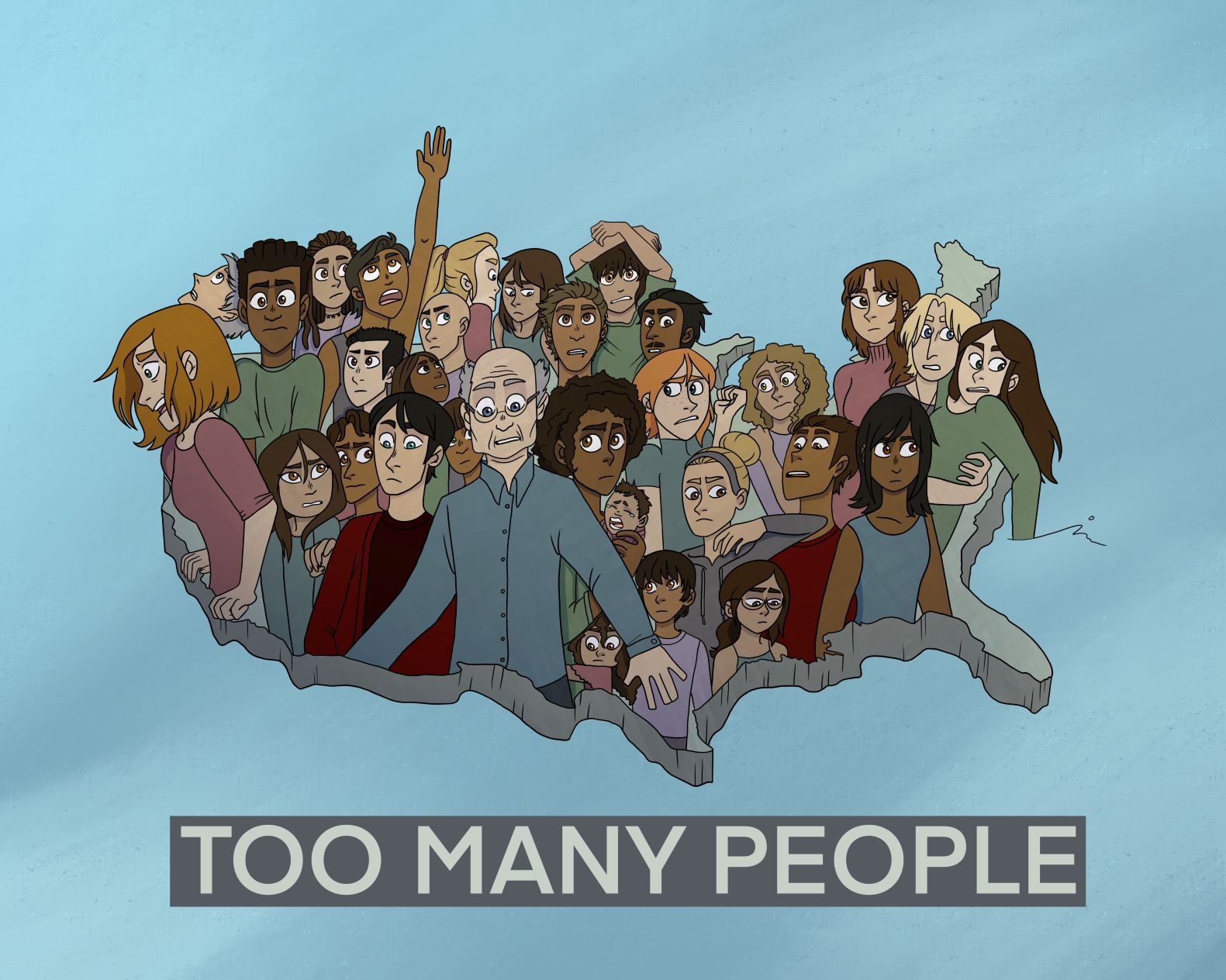
Doctors Take Responsibility For Overpopulation, Again
- Edwin S. Rubenstein
- February 23, 2021
- Forum Papers
- Forum Paper
- 0 Comments
Click here for a downloadable, printable PDF version.
Doctors Take Responsibility For Overpopulation, Again
An NPG Forum Paper
by Edwin S. Rubenstein
February 2021
Doctors and Overpopulation was established in 1972 in the United Kingdom. The organization’s mission statement, published simultaneously in the British Medical Journal and The Lancet, declared: “It is right that we as doctors should be especially concerned about the world population crisis. In the first place we bear some responsibility for its genesis, because it was due to our efforts that ‘the captains of the men of death’ [tuberculosis, smallpox, and other once widespread deadly diseases] were slain, and this was a major factor in producing the imbalance between birth rates and death rates. Secondly, sheer overcrowding in cities with its attendant pollution is a direct threat to the mental and physical wellbeing of our patients. Finally, doctors, as an informed and highly educated section of the community, are in a particularly strong position to influence society on this all-important topic.”
For its time, the statement was courageous. Population growth was a taboo topic for the medical profession back then. To the extent that physicians discussed it at all, it was in the context of increasing life expectancy, reducing infant, child, and maternal mortality, and increasing access to family planning. Limiting global population was not on the agenda.
Indeed, use of the word “overpopulation” to mean a situation where the Earth’s ecosystem cannot regenerate the resources depleted by global population each year, was difficult for most educated people – doctors and non-doctors alike – to fathom in 1972. Only population activists took the environmental issue seriously. (One of them, Don Mann, founded NPG that year.)
And if overpopulation was deemed a problem, it was widely regarded as a self-correcting one. As high child mortality rates fell, birth rates were expected to follow suit, as couples realize large families are no longer needed to replicate themselves. That is the premise behind the much-ballyhooed Demographic Transition Theory (DTT).
DTT is a narrative, concocted by professional demographers, to explain how countries facing sharp drops in infant mortality manage to avoid catastrophic population increases. There are several variants, but the classic theory invokes the notion of couples opting for smaller families, young women putting education and jobs before motherhood, modern contraceptives becoming increasingly available, and poverty rates declining in developing countries.
Say it out loud: Demographic Transition Theory. It sounds so erudite, so intelligent, so comprehensive. The “theory” has been taught to generations of demography and economics students, along with the notion that “Once fertility declines are underway they tend to continue.”
Ordinary folks with an intellectual bent are often aware of the theory, as are medical doctors, many of whom may have encountered it as undergraduates.
To its proponents “… [DTT]… ranks as one of the most important changes affecting human society in the past half millennium, on a par with the spread of democratic government, the industrial revolution, the increase in urbanization, and the progressive increases in educational levels of human populations.”
Wow! That sounds like a keeper.
Reality check: Infant mortality rates did fall, with 4.1 million infant deaths in 2017 compared to 8.8 million in 1990. So did birth rates: the global Total Fertility Rate (TFR – the average number of children per woman) fell from 5 in 1950 to 2.4 children per woman today, according to the UN Population Division.
What did not fall: Population itself, and the medical profession’s lackadaisical attitude towards it.…. Continue reading the full Forum paper by clicking here.
Ed Rubenstein, president of ESR Research, is an experienced business researcher, financial analyst, and economics journalist. He has written extensively on federal tax policy, government waste, the Reagan legacy, and – most recently – on immigration. He is the author of two books: The Right Data (1994) and From the Empire State to the Vampire State: New York in a Downward Transition (with Herbert London). His essays on public policy have appeared in The Wall Street Journal, The New York Times, Harvard Business Review, Investor’s Business Daily, Newsday, and National Review. His TV appearances include Firing Line, Bill Moyers, McNeil-Lehr, CNBC, and Debates-Debates. Mr. Rubenstein has a B.A. from Johns Hopkins and a graduate degree in economics from Columbia University.

